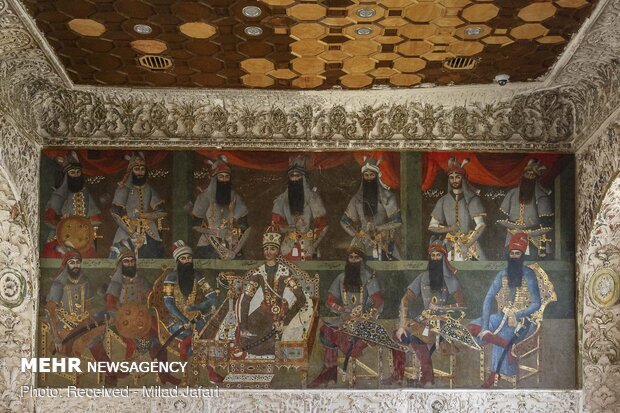Soleimanieh Palace wins permit to host sightseers, travelers

TEHRAN – Soleimanieh Palace, a Qajar-era (1789–1925) royal complex in Karaj, west of Tehran, has been granted activity permission to host sightseers and travelers as a palace museum.
Over the past couple of months, works of restoration have been carried out on various parts and premises of the lavish palace, which is an amalgam of the successful integration of earlier Persian crafts and architecture with Western influences.
The mud-brick palace was built in the early 19th century upon the order of Fath Ali Shah, a Qajar monarch who reigned from 1797 to 1834. It was named after the king’s 34th son Soleiman Mirza.
Experts say the monument is considered as an innovative model of architecture though its façade has no special decoration. It was inscribed on the National Heritage list in 1948.
After the turmoil and strife of the eighteenth century in Persia (Iran), the rise to power of the Qajar dynasty signaled a new peace and unity for the country. The Qajar shahs relied heavily on the visual arts to confirm and solidify their new position. One aspect of their public image tied them to the long history of Persia and its ancient dynasties, but another component of their identity was as modernizers and reformers.
This involved both changes to the government and the acceptance of new technologies such as the railroad and the telegraph. In the arts, this meant support of the new techniques of lithography and photography, as well as innovative applications of existing forms in Iran such as portraiture and oil painting.
AFM/
Leave a Comment